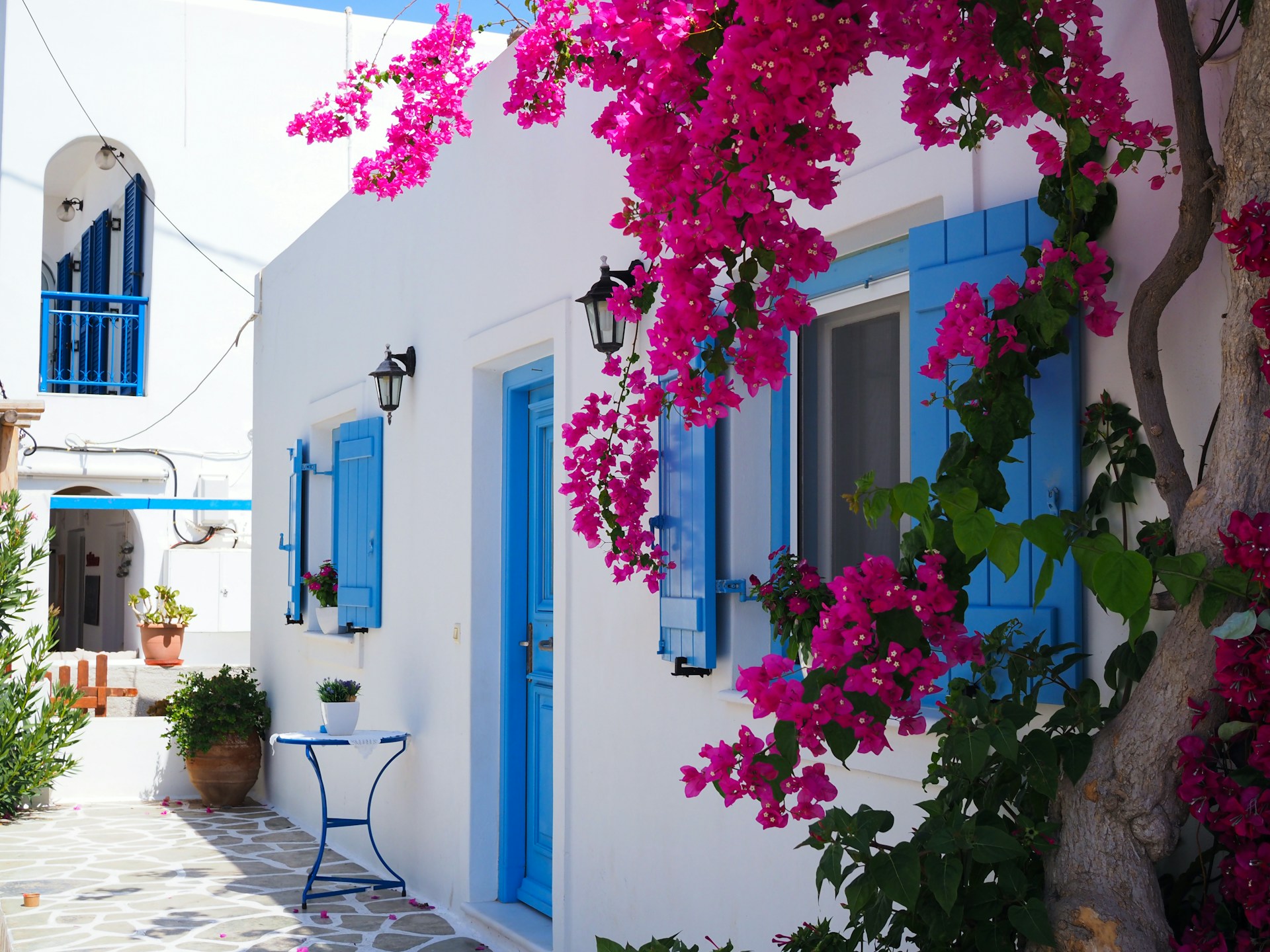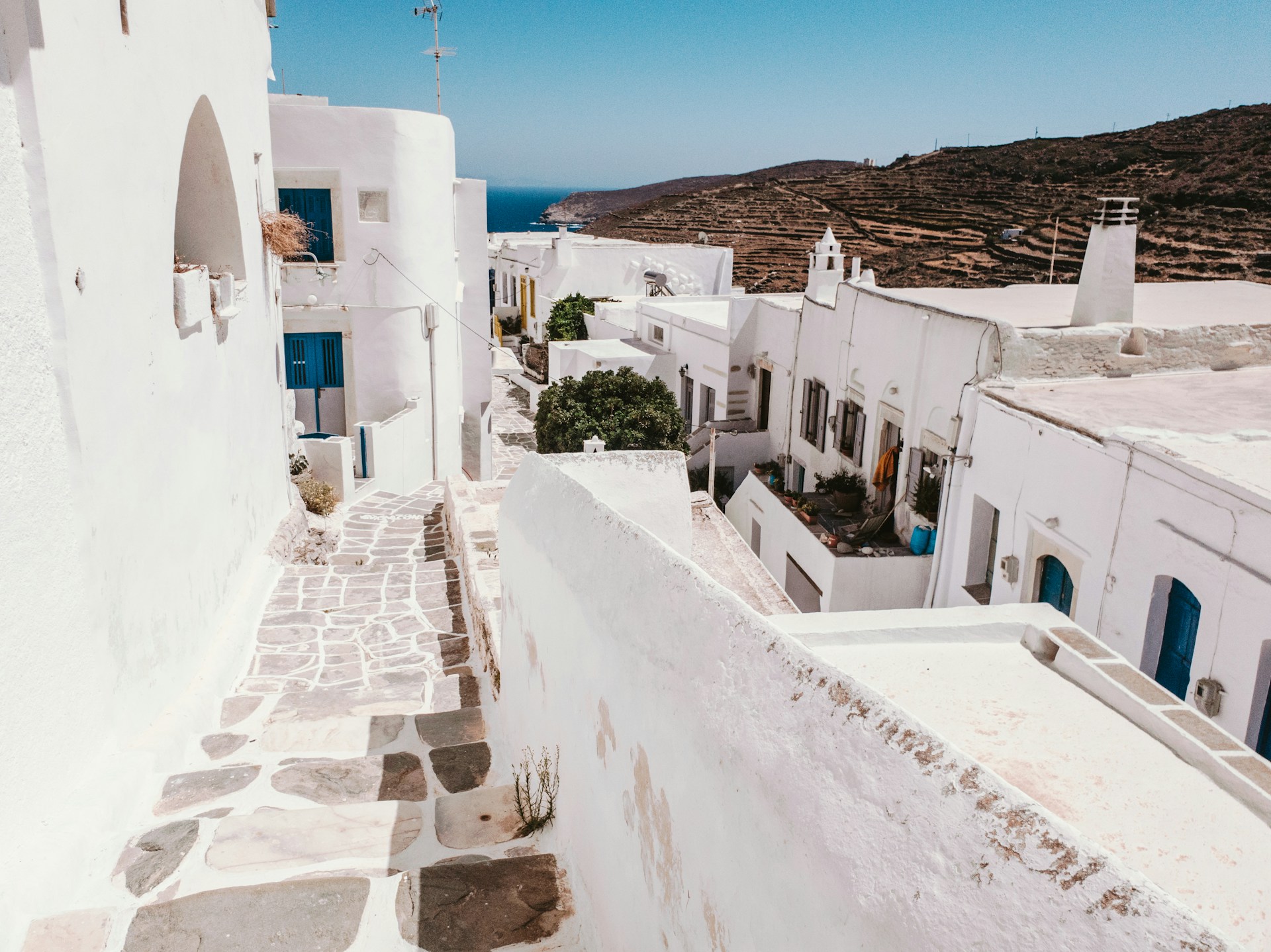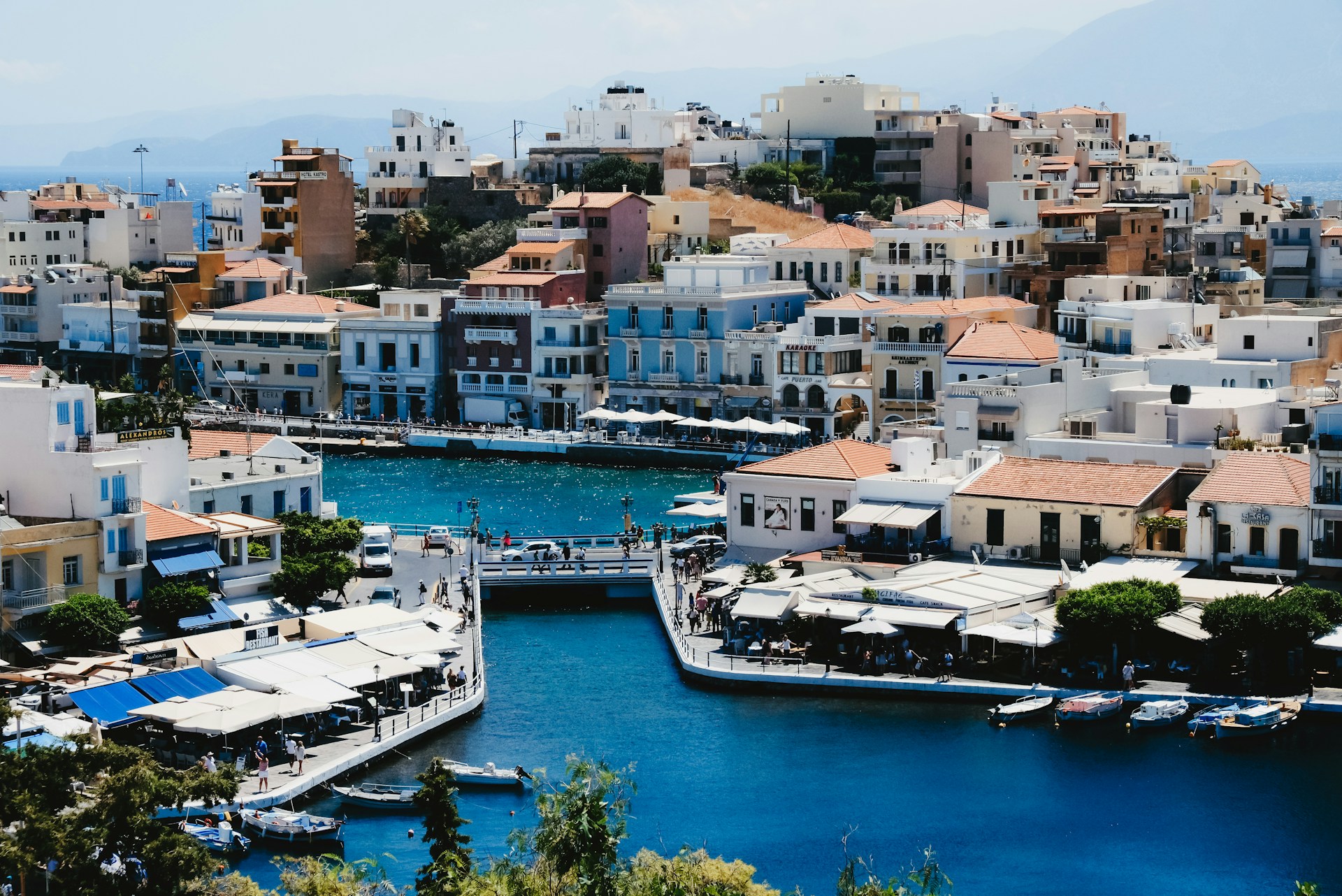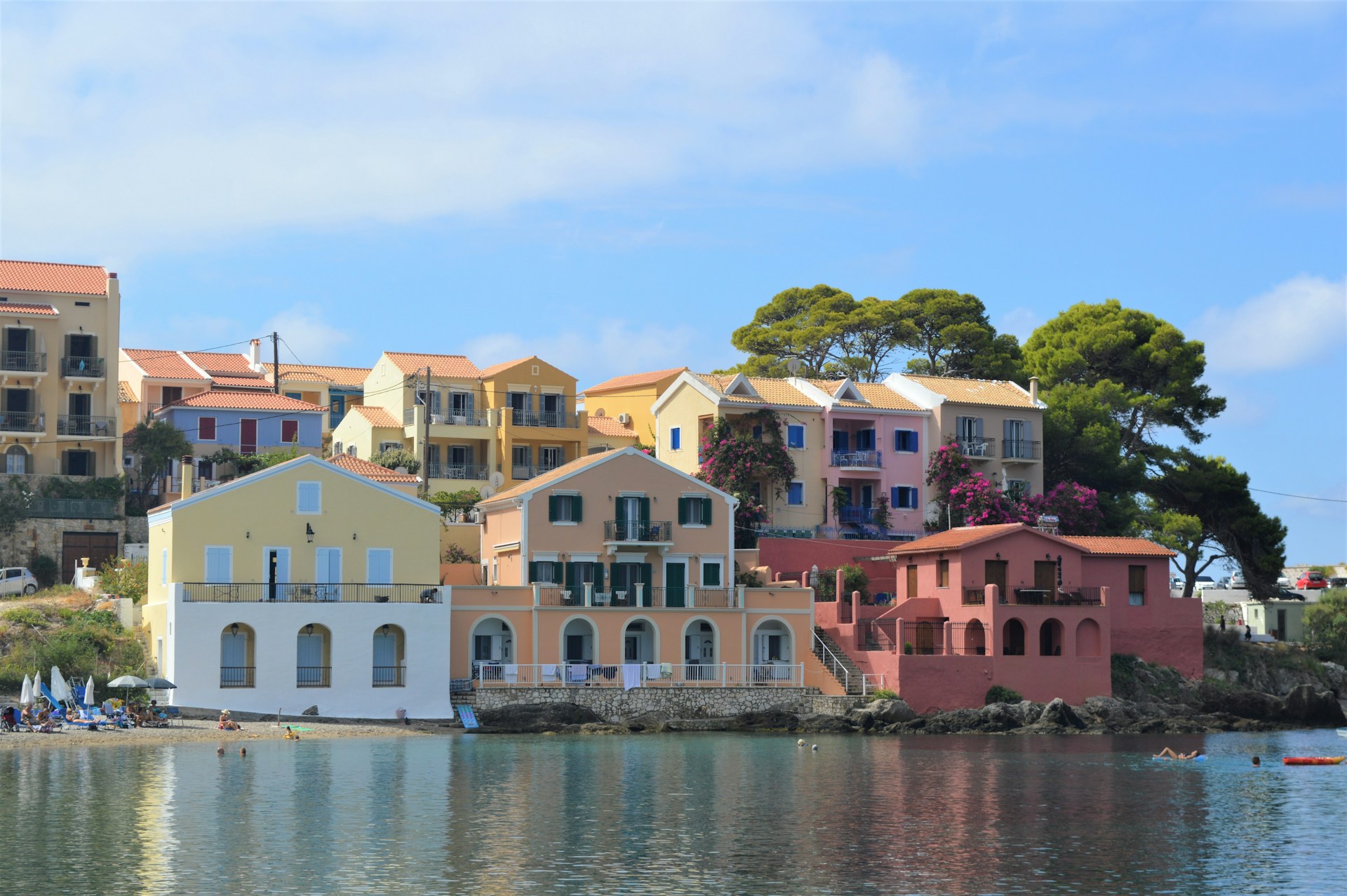Design Lovers’ Guide to Greece: Boutique Hotels and Architectural Gems
In Greece, design has never been a trend. It is a necessity born of climate and landscape, refined into an aesthetic that has become one of the country’s greatest exports.

In Greece, design has never been a trend. It is a necessity born of climate and landscape, refined into an aesthetic that has become one of the country’s greatest exports. White walls to reflect the sun, curved arches to resist the winds, courtyards for shade, terraces to catch the breeze, centuries of pragmatism turned into poetry.
For travelers who see architecture as part of the journey, Greece is a revelation. Boutique hotels across the islands have transformed local traditions into spaces that feel both timeless and contemporary, each property a dialogue between history, nature, and modern imagination. This is not simply where to stay; it is where design becomes part of the experience.
Cycladic Minimalism: Carving Shadows into Light
Few images are as instantly recognizable as the Cyclades: cube-shaped houses cascading down volcanic cliffs, painted in lime so bright it dazzles against the sea. This is Cycladic minimalism, an architectural language that strips everything down to essentials, and in doing so, achieves serenity.
On Santorini, that purity of form has been reinterpreted for the modern traveler. At Athina Luxury Suites, suites carved into the rock are softened with glass and stone, each terrace opening onto the caldera with jacuzzis bubbling against the horizon. The effect is less hotel than private sanctuary, a stage for light and sea to perform their daily rituals.
Nearby in Imerovigli, Pegasus Suites & Spa refines the cave-house tradition into a study in elegance. Smooth walls flow seamlessly into vaulted ceilings, terraces dissolve into infinity pools, and beneath it all, a subterranean spa carved from volcanic stone turns wellness into theatre.
Other properties push the vocabulary further. The Saint Hotel strips Cycladic architecture down to pure geometry: blinding-white cubes aligned with precision, each with its own infinity pool angled for privacy. Santorini Heights, perched high above Pyrgos, adds sustainability to the mix, using natural stone and solar power to create eco-luxury with panoramic views.
And then there are the disruptors. Kivotos Santorini refuses to be monochrome, filling its suites with bold artworks and sculptural furniture, a gallery dressed as a hotel. Santorini Secret Suites & Spa injects vibrant colors into the island’s white canvas, proving that even icons can evolve.
This is Cycladic minimalism in the 21st century: not static heritage, but living design, endlessly adaptable yet always rooted in light and landscape.

Crete: The Island of Experiments
If the Cyclades are about refinement, Crete is about experimentation. Greece’s largest island has the scale, and the audacity, to push design in unexpected directions. Here, boutique hotels are less about conformity and more about expression.
Acro Suites, set into cliffs above the Aegean, embraces rawness. Its architecture is bohemian and elemental, with rough stone walls, flowing fabrics, and open-air pavilions for yoga and meditation. Design here is inseparable from wellness; spaces are shaped as much for feeling as for form.
At Minos Beach Art Hotel, design becomes dialogue. Long before “art hotels” became fashionable, this property scattered sculptures across its gardens and invited artists to leave their imprint. Villas and bungalows open directly onto the water, creating a living gallery where art, architecture, and landscape merge.
For those seeking privacy, Villa Octo offers a new vision of Greek villa design: minimalist lines, vast glass walls, and interiors that erase the divide between indoors and outdoors. Adama – A Signature Collection interprets luxury as detail, its suites and villas crafted like bespoke pieces, with artisanal textures and modern geometry. And at Seaside A Lifestyle Resort, terraces step down toward the sea with cinematic flair, merging resort scale with boutique aesthetics.
Crete, in short, is a laboratory. Tradition is acknowledged, but never obeyed blindly. Each property here feels like a manifesto: Greek hospitality written in the language of design.

Kefalonia: Nature as Blueprint
If Santorini is about drama and Crete about experimentation, Kefalonia speaks in whispers. The Ionian island is lush, rugged, and green, and its design hotels take their cues from nature rather than from whitewashed tradition.
F Zeen Kefalonia is more philosophy than property. Rooted in the Greek concept of eudaimonia, wellness and fulfillment, it designs with restraint. Suites are pared back to essentials, materials are organic, and infinity pools seem to float above olive groves. Silence is part of the architecture here, shaping the mood as much as stone or wood.
On the northern coast, Emelisse Nature Resort blends so fully with the pine-covered cliffs that it seems to emerge from them. Wooden decks stretch toward the sea, pathways weave through rock and greenery, and interiors are simple, allowing the landscape to dominate. It is design not for spectacle, but for harmony.
In Kefalonia, boutique hotels show how architecture can disappear, not by vanishing, but by aligning so closely with its setting that it feels inevitable.

Why Greece Captivates Design Lovers
Design in Greece is not decoration. It is essence, born of necessity, shaped by heritage, and elevated by creativity. Boutique hotels across the islands prove that architecture can be both functional and transcendent, practical and poetic.
For travelers who care as much about form as about comfort, Greece is more than a destination. It is a living design museum, one where every arch, every stone, every play of light against a whitewashed wall tells a story centuries in the making.
Community FAQ
Q: What is Cycladic design in Greece?
A: Cycladic design is the architectural style of the Cyclades islands, defined by white cubic houses, curved arches, flat roofs, and minimal ornamentation. It was created for climate efficiency but has become globally iconic.
Q: Which Greek islands are best for design boutique hotels?
A: Santorini and Mykonos are famous for Cycladic minimalism, Crete is known for innovative resorts, and Kefalonia for nature-inspired retreats.
Q: Are boutique hotels in Greece better than large resorts?
A: Boutique hotels offer intimacy, authenticity, and distinct design, while large resorts provide scale and facilities. For design-conscious travelers, boutiques are the clear choice.
Q: Why is design so central to Greek hospitality?
A: Because in Greece, architecture has always been part of life. From ancient courtyards to modern infinity pools, design is how Greeks connect people with landscape, climate, and culture.